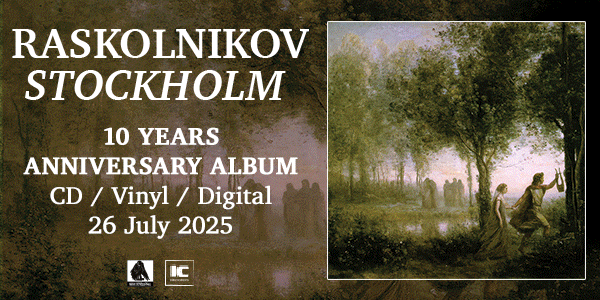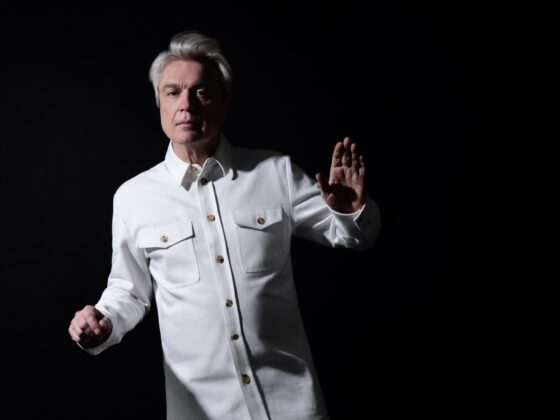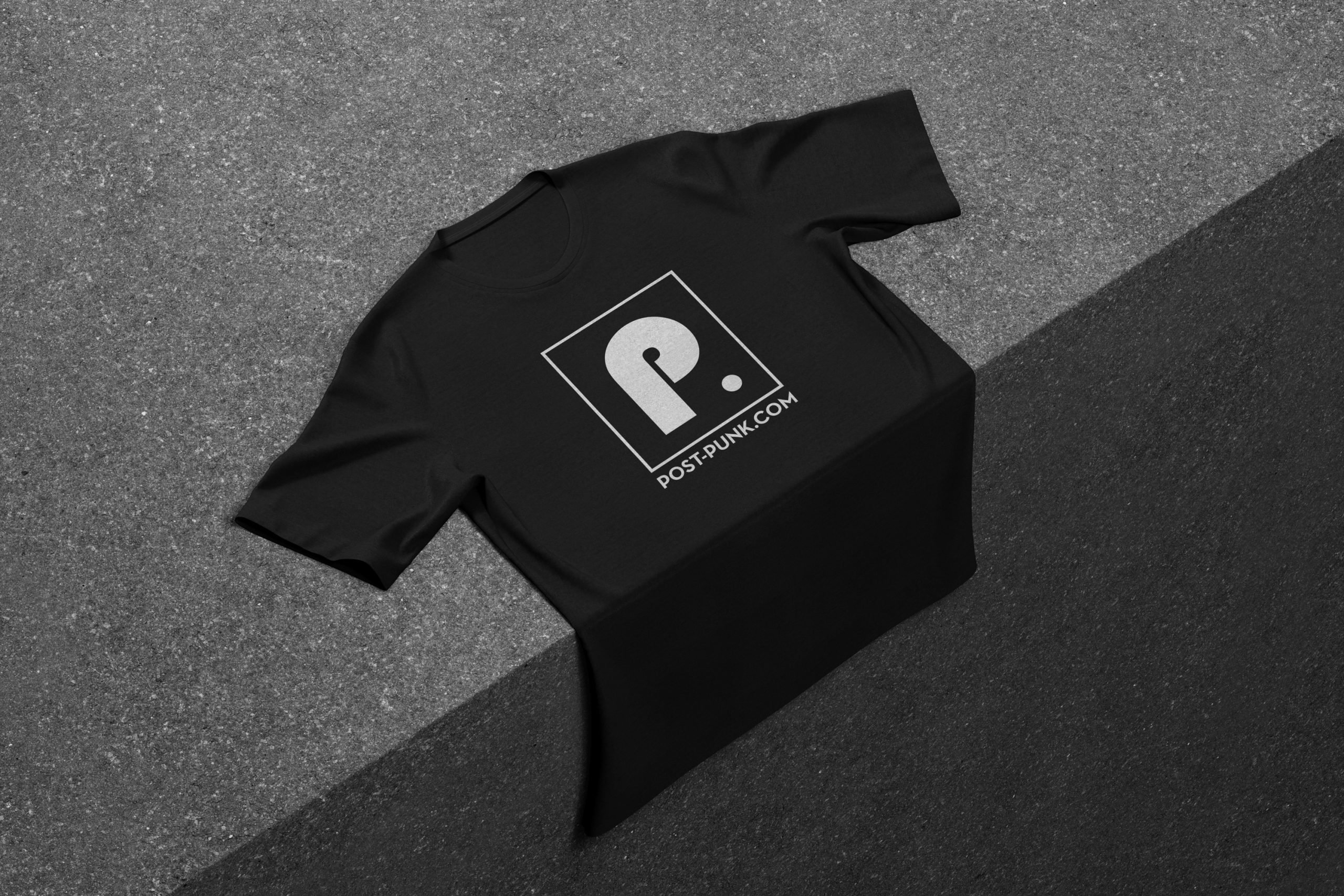This week, New Order announced to Rolling Stone that they will release a new album fall 2015. As the 10th studio album and the first release without iconic bassist Peter Hook (who is now touring with his own band Peter Hook & the Light), New Order promises a heavy emphasis on the programming of drums and synthesizers with “an orchestral feel.” This is all in lieu of the signing to the legendary label Mute, who houses god-like electronic bands such as Depeche Mode, Laibach and Erasure. It is obvious that Mute’s own Daniel Miller, most famously of the pioneering band The Normal, is an influence on the band’s new work and return to a synth-heavy focus. Recently, New Order previewed some of their new tracks during live shows in 2014 such as the song “Plastic” which is pretty danceable.
It’s been a decade since any New Order studio album has been released, which was 2005’s Waiting for the Siren’s Call (not counting the 2013 Lost Sirens which was a compilation of unreleased material from the WFTSC sessions). WFTSC was markedly alt-rock for the likes of a band who wrote some of the grandest synth anthems of the 1980s but it was a good album with melodies that one would expect from New Order. However, the presence of acoustic guitar and live drumming was strong and void of electronic-heavy dance hits.
https://www.youtube.com/watch?v=wflNtNou7sk
But, like the saying goes, what once was old is new again: the return of the (analogue) synth. Right in line with New Order’s announcement – purposeful or not – is the NAMM (National Association of Music Merchants) show in Anaheim, California where all the cool music gadgets, instruments and toys are showcased and presented to drooling collectors. The show’s highlight, of course, is the synthesizer. Korg, amongst other brands, has revived their vintage analog synths that disappeared in the mid-1980s. Because of the ease of digital technology, analog synths declined in popularity – we, as a species, do enjoy the ease of technology, which was what digital synths provided to musicians. However, in the transition to digital, the distinguishable analog sound disappeared. Even those who aren’t familiar with the difference between analog and digital can tell the difference between New Order’s 1983 Power, Corruption & Lies and the 1989 release Technique. Synth connoisseurs and fans are biting at the chance to own and preview the golden-age analog synth reproductions (original Korgs can sell in the high thousands) including Martin Gore who attended the NAMM show.
The brilliance of New Order is this “Blue Monday” studio session circa 1984 where every member of the band is on a synth or electronic drums. It sounds so pure and unique – something only analog equipment can produce. The bassline for the song was created on a Moog Source, an Oberheim DMX drum machine and samples. (In the video, you can see a Sequential Circuits Prophet-5 whose successor, the Prophet-6, only debuted this year at NAMM.) It was a song ahead of its time and is undoubtedly one of the strongest and most relevant dance tracks ever written. By watching the clip, it’s easy to understand why the analog craze is starting up again, proof that easier is not always better. Such resonances we synth fans can only hope for in New Order’s new studio album.















 Or via:
Or via: